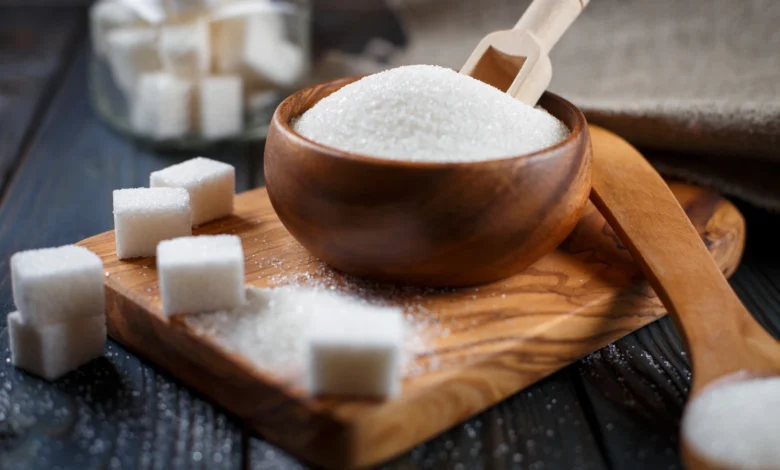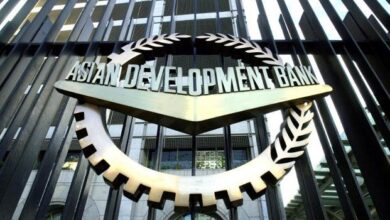
In 2016, India imposed a 20% tax on sugar imports/exports to shrink overseas sales. However, with India facing food inflation slashed sugarcane yields due to Maharashtra and Karnataka facing rainfall shortages and overall economic uncertainty the government has planned banning any international export from the mills after Sept 30.
For the current period, GoI has allowed 6.1 million tonnes of sugar as last season saw a record sale of 11.1 million tonnes. India recorded an all-time low of August rains, and more than half of Uttar Pradesh (the centre for best sugarcane) has seen deficient rains.
“Food inflation is a concern. The recent increase in sugar prices eliminates any possibility of exports,” said another government source.
Retail inflation reached a 15-month high of 7.4% in July and food inflation heightened to 11.5%, the highest in 3 years. At a time like this, sugar production is predicted to drop by 3.3% to 31.7 million tonnes in the 2023-24 period. The Indian economy solemnly depends on rainfall season for 70% of its water requirements. Karnataka and Maharashtra account for 50% of the cane and have yielded below-average produce in the year so far
Our primary focus is to fulfil local sugar requirements and produce ethanol from surplus sugarcane,” a government source told the news agency. “For the upcoming season, we will not have enough sugar allocated for export quotas,” the source added. Further, the source said, “We’ve allowed mills to export large volumes of sugar during the past two years”. “But we also have to ensure sufficient supplies and stable prices,” he added.

With India shocking buyers left-right and centre by banning wheat initially followed by non-basmati white rice exports ban and New Delhi restricting onion exports by imposing a 40% duty last week. These attempts can be attributed to voter appeasement too however, it is indeed the need of the hour. While Shashikant Das, RBI Governor predicts that vegetable prices should go down; it seems cash crops, cereals and condiments will sustain the upsurge in their markup.
A key cause pointed out by the government is the ethanol blending programme, a comprehensive road map has been made for it despite external doubts on the economic viability of the blended fuel. The country aims to raise pan-India ethanol production capacity from the current 700-1500 litres, promote technology for ethanol production from non-food feedstock and encourage the use of water-sparing crops, such as maize, to produce ethanol. Ethanol is indeed, less-polluting, efficient and fairly renewable. Even though it does have its drawbacks like the water requirement for sugarcane-made ethanol, keeps nitrous oxide production at the same levels. The wastes produced in the process will be enormous and incineration of the wastes will hamper cleaner air. However, with inflation issues, will the government successfully carry out the ethanol blending goal is yet to be beheld.
The bans on wheat, rice, and sugar are likely to have a number of impacts on India and the world. In India, the bans are likely to lead to higher food prices and could hurt consumers. The bans could also lead to job losses in the agricultural sector. In the world, the bans could lead to higher food prices and could hurt consumers in other countries. The bans could also disrupt global food markets.
It is too early to say what the long-term impacts of the bans will be. However, it is clear that they will have a significant impact on India and the world.
The ban shall be the first time in 7 years. A Mumbai-based dealer with a global trade house said lower output in Thailand was also expected to reduce shipments and major producer Brazil would alone not be able to fill the gap.
Please, also have a look into : India bans wheat exports amid growing global food grain crisis and low output



